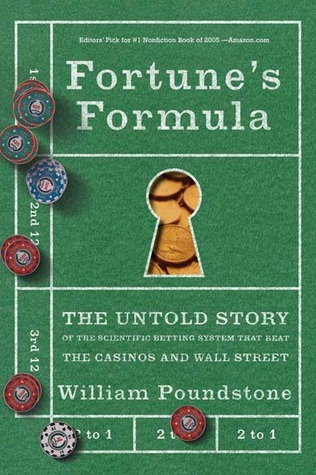More on this book
Kindle Notes & Highlights
Read between
February 20 - April 28, 2019
One stockholder, Chicago mobster John Lynch, took Annenberg to court. Annenberg attorney Weymouth Kirkland argued that, because the wire service was patently illegal, the court had no jurisdiction. He cited a 1725 precedent in which an English judge had refused to divide the loot of two disputing highwaymen. The court accepted Kirkland’s bold defense.
In its final report, Kefauver’s committee traced much American organized crime to the age-old Sicilian criminal brotherhood, the Mafia. However, Kefauver concluded that the most powerful crime figure in America was not Italian. He was Longy Zwillman, a Jew.
It was Shannon who had the idea that computers should compute using the now-familiar binary digits, 0’s and 1’s.
Shannon wasn’t publishing much research, though. While his Bell Labs colleague John Nash may have had a beautiful mind, Shannon “had a very peculiar sort of mind,” said David Slepian. Shannon’s genius was like Leonardo’s, skipping restlessly from one project to another, leaving few finished. Shannon was a perfectionist who did not like to publish unless every question had been answered and even the prose was flawless.
Boolean algebra deals in simple notions like TRUE or FALSE and logical relationships such as AND, OR, NOT, and IF. Any logical relationship may be put together from a combination of these elements. Shannon posed himself the problem of encoding each of these logical ideas in an electrical circuit. To his delight, he succeeded. In effect, he proved that an electronic digital computer could compute anything.
In American culture the coin toss is the paradigm of a random event. A coin toss decides who kicks off the Super Bowl. Looked at another way, a coin toss is not random at all. It is physics. An event is random only when no one cares to predict it—as Thorp and Shannon intended to demonstrate with their roulette machine.
Expectation is a statistical fiction, like having 2.5 children.
Information exists only when the sender is saying something that the recipient doesn’t already know and can’t predict. Because true information is unpredictable, it is essentially a series of random events like spins of a roulette wheel or rolls of dice.


